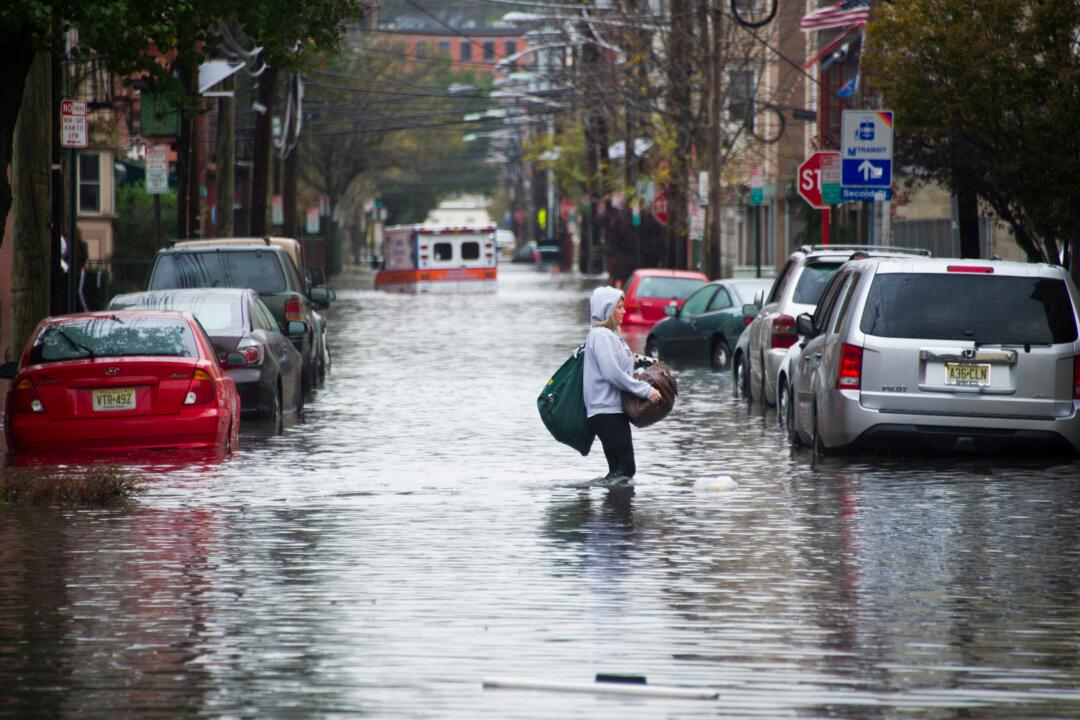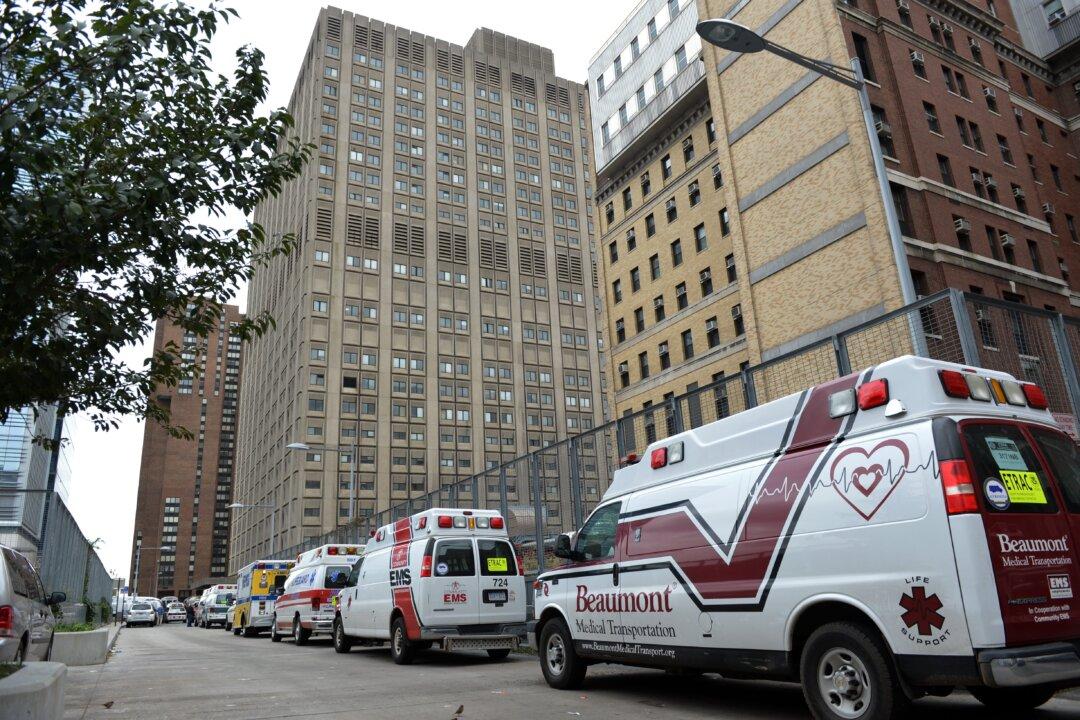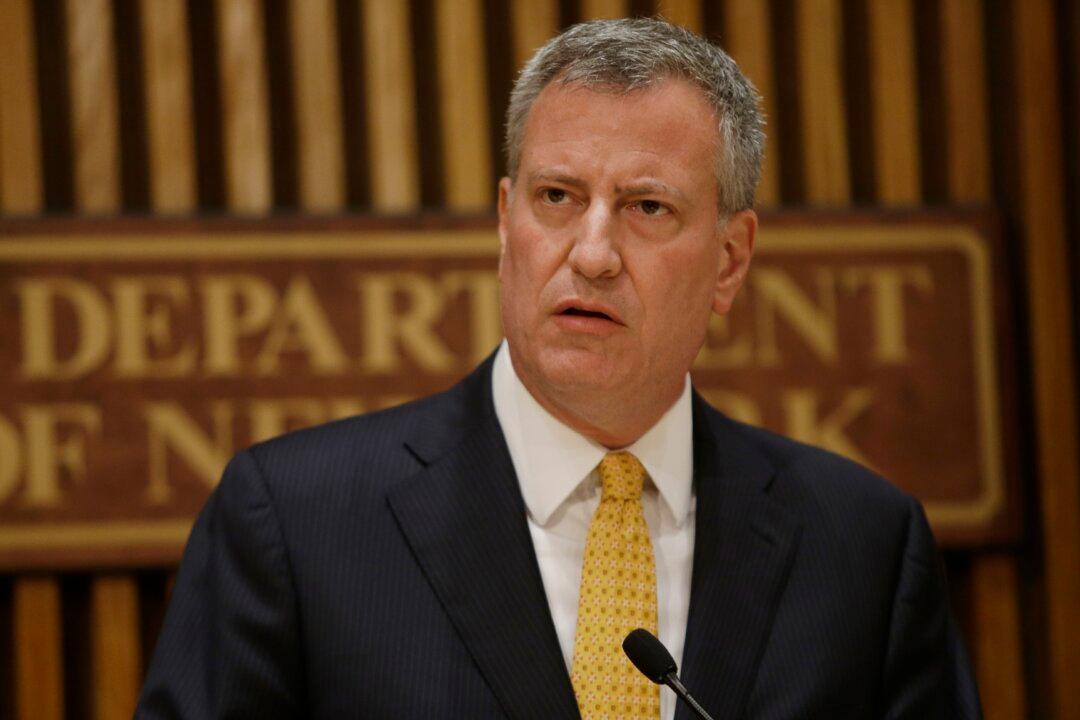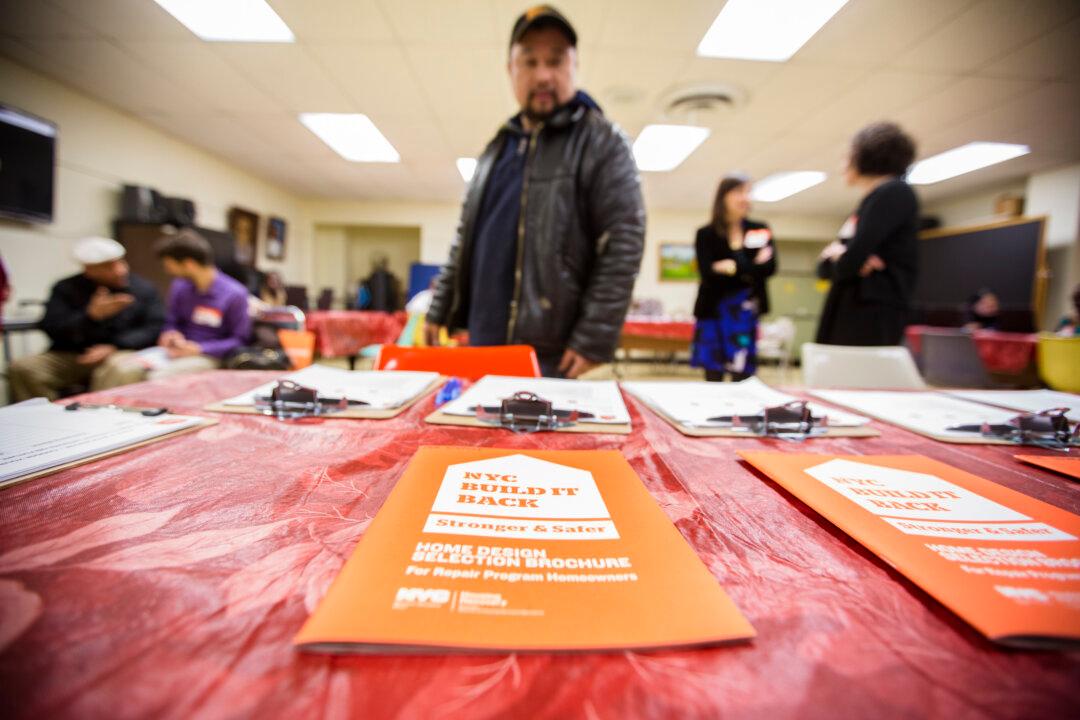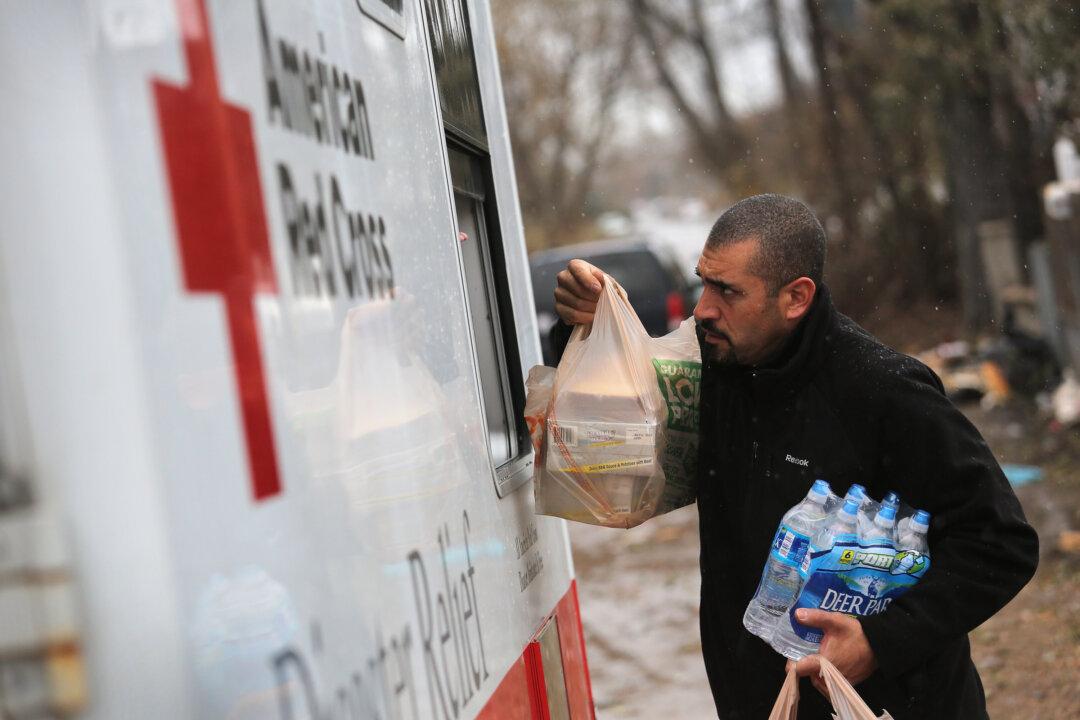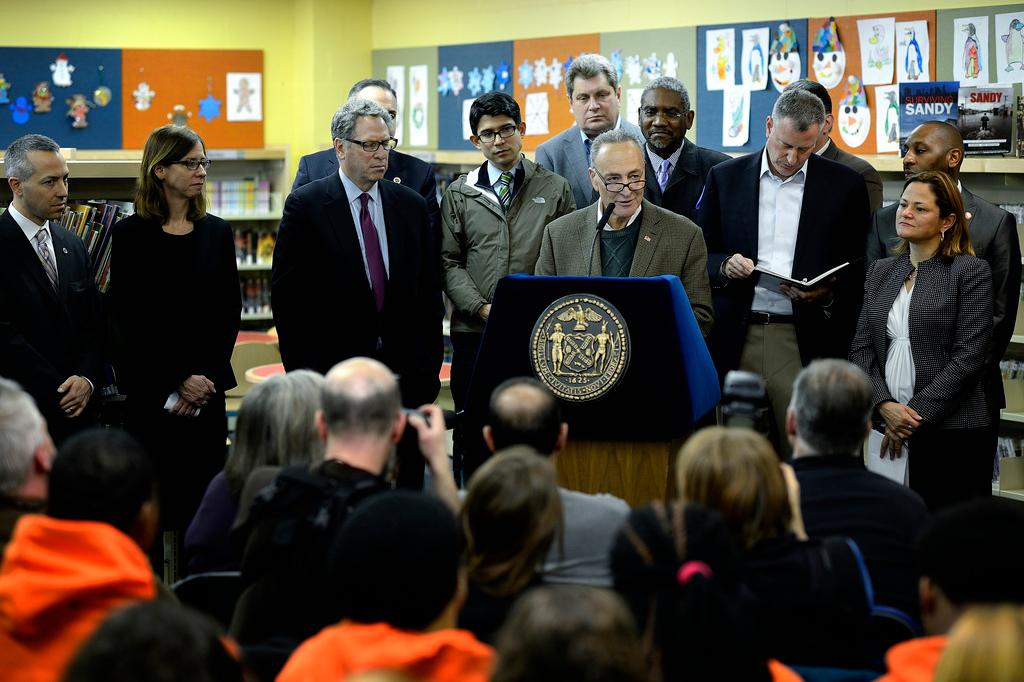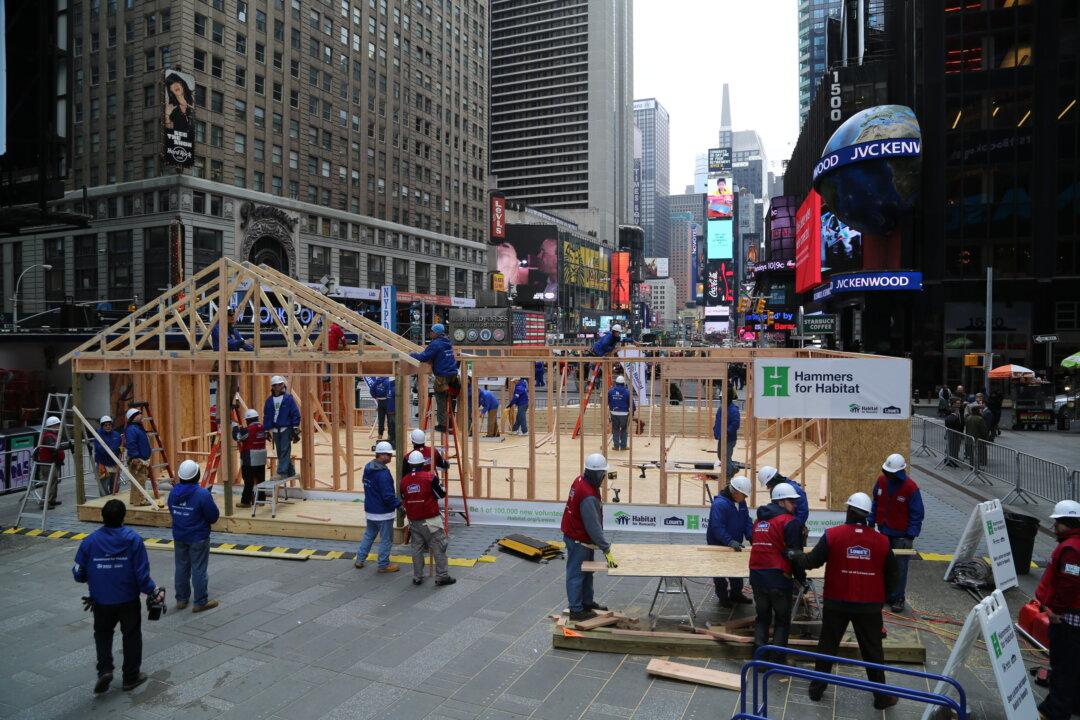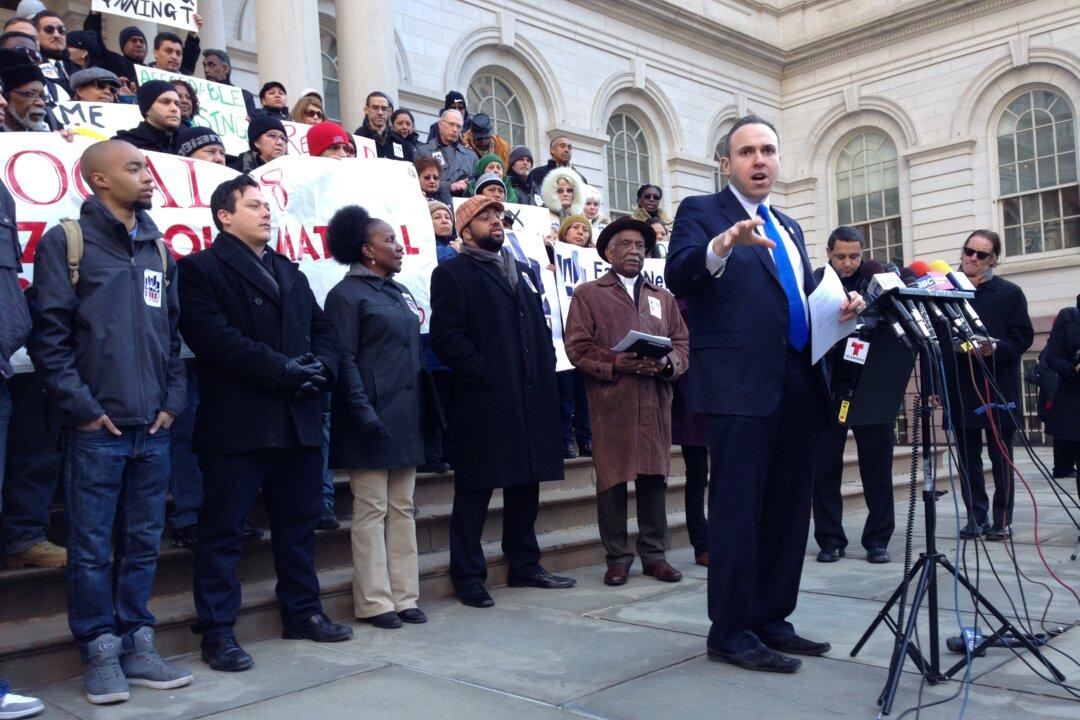Superstorm Sandy
Superstorm Sandy | LATEST STORIES
Why Some New Yorkers Won’t See Green Trees This Spring
It’s an apocalyptic sight.
|
New York, New Jersey Look Back 2 Years After Sandy
The second anniversary of Superstorm Sandy arrived Wednesday in a region where recovery in New Jersey and New York is happening unevenly, with many houses, boardwalks, and businesses rebuilt but many people still unable to return to their homes.
|
Sandy’s Mental Health Impact Looms Large
Kathy and Mark Michaels huddled in the attic of their Long Beach home as Superstorm Sandy turned streets into canals, ripped apart the iconic boardwalk, and snapped electrical lines. As blue police lights flashed in the howling wind, the acrid stench of burning buildings wafted through the air.
|
Hospitals Struggled During and After Superstorm Sandy
Hospitals were ill-prepared for the impact of Superstorm Sandy, according to a government study released Wednesday. The U.S. Department of Health and Human Services (HHS) surveyed 174 hospitals in Connecticut, New Jersey, and New York in declared disaster areas during the 2012 storm.
|
NYC Officials Get ‘Hands On’ With Sandy Recovery
The sound of hammers are finally ringing in Superstorm Sandy-impacted communities, but they are still few and far between. A key ingredient in the progress: the close personal involvement of various elected officials and mayor’s office appointees, including Amy Peterson, director of the city’s Office of Housing Recovery.
|
Final $102M in Storm Protection Funds Awarded to 11 States
New York and New Jersey are among the largest recipients of $102.7 million in grants from the federal government for storm protection.
|
Mayor Signs Sandy Tax Relief Bill
Mayor Bill de Blasio signed a bill Wednesday extending tax relief to homeowners facing higher taxes as a result of repairing their homes after Hurricane Sandy.
|
Documents Reveal ‘Build It Back’ Architects Were Paid $6 Million
New York City’s beleaguered Superstorm Sandy housing recovery program, Build It Back, cost taxpayers a whopping $6 million just to create, new documents obtained from the city’s Housing Recovery Office reveal.
|
New Sandy Money Fails to Reach Small Businesses
Only a handful out of hundreds of small businesses hit by Superstorm Sandy received money from the second wave of recovery loans and grants, many don’t know the opportunity exists.
|
De Blasio Announces New Sandy Recovery Leadership Team
New York City Mayor Bill de Blasio has named his administration’s top three Superstorm Sandy recovery leaders.
|
Amid de Blasio Inattention, Sandy Build It Back Construction Set to Start
The city’s main housing recovery program, Build It Back, will start rebuilding homes this month.
|
De Blasio to Scrutinize Sandy Recovery Plans
NEW YORK—Facing an avalanche of questions Monday about the city’s failing Sandy housing recovery plan, Build It Back, the mayor said he plans a complete review of the recovery work inherited from the previous administration.
|
Sandy Housing Recovery Program Makes Promises It Finds Hard to Deliver
NEW YORK—The city’s flailing Superstorm Sandy housing recovery program, Build It Back, has gone through almost $10 million in federal disaster aid, but not one home has been rebuilt to show for it. Eight months after its launch, Build It Back is still little more than a behemoth of administration, paperwork, and federal rules that both the city and program applicants find extraordinarily difficult to navigate.
|
Hotel Industry in New York City Boosted by Superstorm Sandy in 2013
Hotels in New York City had a good year in 2013, ironically in part due to the aftermath of Superstorm Sandy. The year following Sandy saw an almost 90 percent occupancy rate, according to the city’s budget which was released last week.
|
Sandy-Damaged Madelaine Chocolate Putting Rockaways Factory Up for Sale
Madelaine Chocolate, a Sandy-damaged chocolate factory in Rockaway Beach had a brief reopening after the storm, but is now up for sale.
|
Why Some New Yorkers Won’t See Green Trees This Spring
It’s an apocalyptic sight.
|
New York, New Jersey Look Back 2 Years After Sandy
The second anniversary of Superstorm Sandy arrived Wednesday in a region where recovery in New Jersey and New York is happening unevenly, with many houses, boardwalks, and businesses rebuilt but many people still unable to return to their homes.
|
Sandy’s Mental Health Impact Looms Large
Kathy and Mark Michaels huddled in the attic of their Long Beach home as Superstorm Sandy turned streets into canals, ripped apart the iconic boardwalk, and snapped electrical lines. As blue police lights flashed in the howling wind, the acrid stench of burning buildings wafted through the air.
|
Hospitals Struggled During and After Superstorm Sandy
Hospitals were ill-prepared for the impact of Superstorm Sandy, according to a government study released Wednesday. The U.S. Department of Health and Human Services (HHS) surveyed 174 hospitals in Connecticut, New Jersey, and New York in declared disaster areas during the 2012 storm.
|
NYC Officials Get ‘Hands On’ With Sandy Recovery
The sound of hammers are finally ringing in Superstorm Sandy-impacted communities, but they are still few and far between. A key ingredient in the progress: the close personal involvement of various elected officials and mayor’s office appointees, including Amy Peterson, director of the city’s Office of Housing Recovery.
|
Final $102M in Storm Protection Funds Awarded to 11 States
New York and New Jersey are among the largest recipients of $102.7 million in grants from the federal government for storm protection.
|
Mayor Signs Sandy Tax Relief Bill
Mayor Bill de Blasio signed a bill Wednesday extending tax relief to homeowners facing higher taxes as a result of repairing their homes after Hurricane Sandy.
|
Documents Reveal ‘Build It Back’ Architects Were Paid $6 Million
New York City’s beleaguered Superstorm Sandy housing recovery program, Build It Back, cost taxpayers a whopping $6 million just to create, new documents obtained from the city’s Housing Recovery Office reveal.
|
New Sandy Money Fails to Reach Small Businesses
Only a handful out of hundreds of small businesses hit by Superstorm Sandy received money from the second wave of recovery loans and grants, many don’t know the opportunity exists.
|
De Blasio Announces New Sandy Recovery Leadership Team
New York City Mayor Bill de Blasio has named his administration’s top three Superstorm Sandy recovery leaders.
|
Amid de Blasio Inattention, Sandy Build It Back Construction Set to Start
The city’s main housing recovery program, Build It Back, will start rebuilding homes this month.
|
De Blasio to Scrutinize Sandy Recovery Plans
NEW YORK—Facing an avalanche of questions Monday about the city’s failing Sandy housing recovery plan, Build It Back, the mayor said he plans a complete review of the recovery work inherited from the previous administration.
|
Sandy Housing Recovery Program Makes Promises It Finds Hard to Deliver
NEW YORK—The city’s flailing Superstorm Sandy housing recovery program, Build It Back, has gone through almost $10 million in federal disaster aid, but not one home has been rebuilt to show for it. Eight months after its launch, Build It Back is still little more than a behemoth of administration, paperwork, and federal rules that both the city and program applicants find extraordinarily difficult to navigate.
|
Hotel Industry in New York City Boosted by Superstorm Sandy in 2013
Hotels in New York City had a good year in 2013, ironically in part due to the aftermath of Superstorm Sandy. The year following Sandy saw an almost 90 percent occupancy rate, according to the city’s budget which was released last week.
|
Sandy-Damaged Madelaine Chocolate Putting Rockaways Factory Up for Sale
Madelaine Chocolate, a Sandy-damaged chocolate factory in Rockaway Beach had a brief reopening after the storm, but is now up for sale.
|



